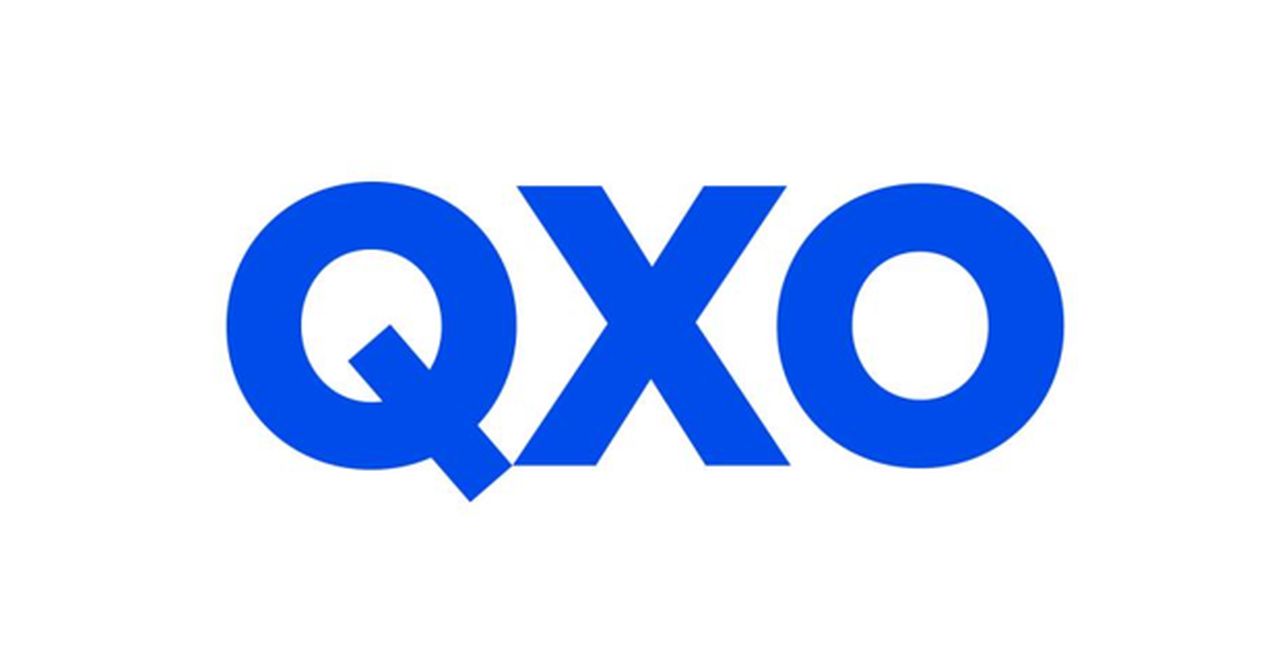
Charles R. Goulding and Preeti Sulibhavi discuss Brad Jacobs’ new venture and how 3D printing can be used in the modernization of the construction supply sector.
Brad Jacobs, billionaire founder of XPO Logistics, has set his sights on yet another industry ripe for disruption – the wholesale distribution of building materials and supplies. Jacobs’ new venture, QXO, (through his investment fund Jacobs Private Equity) aims to leverage innovative technology to revolutionize the fragmented US$800 billion North American and European building products distribution market.
Jacobs is no stranger to introducing technological innovations that can benefit traditional industries. In a Bloomberg podcast that was broadcasted on December 27, 2023, Jacobs spoke about his new book, “How to Make a Few Billion Dollars,” in addition to why and how he chose to go into the private equity industry.
With XPO Logistics, he used automation and algorithms to make the company a leader in logistics and transportation. Jacobs later founded GXO to focus solely on tech-enabled warehousing and fulfillment solutions. He also recently started RXO, utilizing digital brokerage platforms to modernize freight shipping.
Jacobs has committed US$1 billion to get QXO off the ground through his Jacobs Private Equity fund. He expects QXO to hit US$1 billion in revenue in its first year, rapidly scaling to over US$5 billion in 3 years. These are ambitious goals in the relatively slow-changing world of construction materials distribution.
Now with QXO, Jacobs sees major potential to bring transformative technological advancements to the relatively low-tech, existing building materials industry. QXO’s target markets are residential construction, commercial construction and infrastructure projects.
“The industry’s nascent use of technology, particularly artificial intelligence and B2B ecommerce, represents a compelling opportunity for tech-focused entrants,” said Jacobs Private Equity. QXO will leverage these digital capabilities for competitive advantage in the fragmented, US$800 billion marketplace.
QXO plans to distribute a range of products, including lumber, plumbing, roofing, siding, decking, doors, windows, HVAC, electrical components and security, among several categories detailed by Brad Jacobs.
QXO’s tech-forward focus comes at an opportune time, with the Biden administration making major investments into infrastructure and clean energy projects. The Infrastructure Investment and Jobs Act and Inflation Reduction Act will unleash over US$1 trillion into the economy, creating substantial new demand for exactly the kind of building products and materials QXO looks to supply.
One area ripe for innovation is 3D printing solutions for construction materials and supplies. 3D printing technology has advanced rapidly in recent years, allowing for faster, more flexible, and lower cost production of items. Jacobs has demonstrated that 3D printing technology is disruptive in the transportation industry by using it for XPO operations. He believes it is a technological driver looming on the horizon.
Jacobs envisions QXO being an early pioneer in bringing 3D printing of nuts, bolts, tools, building components and more into the mainstream building products supply chain.
For example, 3D printers could be used to produce specialty brackets, connectors, lighting and fixtures tailored to a specific building design. Architects and engineers are increasingly looking for custom building components that would be expensive and time-consuming to manufacture traditionally. With 3D printing, these parts can be designed on a computer and printed on demand.
3D printing using concrete or cement is becoming increasingly popular. QXO could stand to benefit from the cement trend by providing concrete 3D printers on construction sites or provide the cement materials used by the printers, or even both.
QXO may even provide large-scale 3D printers capable of printing structural building components like beams, panels, conduits, and enclosures. This could drastically reduce transportation costs and enable faster construction timelines. The environmental upsides would also be substantial with less waste and emissions from shipping heavy materials.
By bringing 3D printing technology into the mainstream building supplies industry, QXO could fundamentally transform how builders source everything from custom finishes to basic fasteners. Jacobs sees enormous potential to disrupt this traditional industry with advanced, digital fabrication capabilities.
The benefits over traditional manufacturing methods could be immense – greater customizability for builders, faster delivery times, reduced transportation costs by printing supplies near construction sites, and lower environmental impact.
The Research & Development Tax Credit
The now permanent Research and Development (R&D) Tax Credit is available for companies developing new or improved products, processes and/or software.
3D printing can help boost a company’s R&D Tax Credits. Wages for technical employees creating, testing and revising 3D printed prototypes can be included as a percentage of eligible time spent for the R&D Tax Credit. Similarly, when used as a method of improving a process, time spent integrating 3D printing hardware and software counts as an eligible activity. Lastly, when used for modeling and preproduction, the costs of filaments consumed during the development process may also be recovered.
Whether it is used for creating and testing prototypes or for final production, 3D printing is a great indicator that R&D Credit eligible activities are taking place. Companies implementing this technology at any point should consider taking advantage of R&D Tax Credits.
Conclusion
But Jacobs has defied skeptics before in turning around traditional industries with technological innovation and operational excellence. With QXO, he now looks to work his magic in the building supply sector where he can potentially bring 3D printing and other advanced capabilities to modernize how builders source everything from lumber to lighting. If Jacobs’ track record is any indicator, QXO may soon revolutionize yet another old-line industry.
